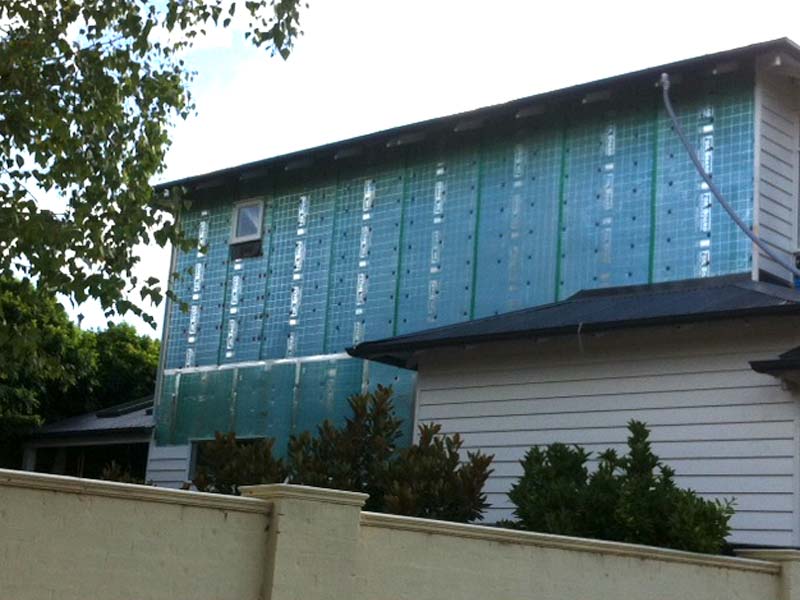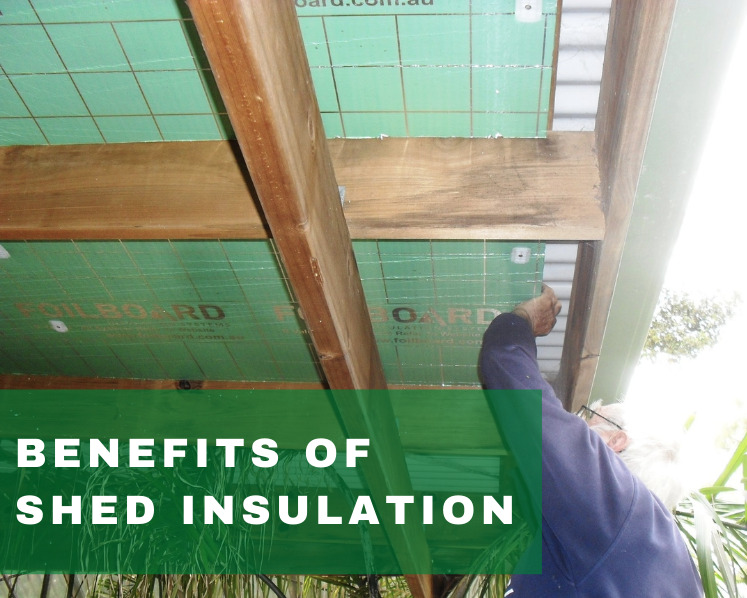
Amongst the array of materials available on the market for the purpose of insulation, foil insulation is still one of the most popular. There are many reasons for this, including the fact that it is economical and efficient. Basically, a foil insulation panel works to reduce the heat transfer effect that occurs during thermal radiation. The reflective surface acts as a barrier to reflect the heat from one side of the panel, preventing it from transferring to the other side. Therefore, the amount of heat that travels through the insulation by conduction is greatly reduced. If you are planning on making use of foil insulation and would like to install it yourself, here are a few tips that will help you along the way.
Make sure you are equipped with the right tools beforehand
When installing foil insulation, there are a few key tools you will require. These vary mildly, depending on whether you are installing underfloor insulation, ceiling insulation, or wall insulation. Essentially, you will require a staple gun and a pair of scissors in each scenario.
Select your time of day wisely
When it comes to selecting a time to install, it really depends on the conditions of the day. During winter, it doesn’t make a huge difference what point of the day you select for install. In summer however, it is highly recommended that you execute the install early morning, especially if working in the ceiling, as heat begins to build up as the day goes on, and working conditions can be a bit more tiresome.
What Is Foil Insulation or Reflective Insulation?
Foil insulation, also known as reflective insulation, is a specific type of insulation that is made out of foil and designed to offer exceptional protection against the heat for any property it is installed in. When a home or office is not insulated, there is nothing to prevent the harsh summer or winter conditions from penetrating the exterior walls and entering your space. It goes without saying that this can create an environment that is too hot or too cold, and uncomfortable for the people living or working inside. To prevent this from happening, foil insulation was invented.
Functioning on the basic laws of heat and cold, foil insulation creates a barrier between the inner parts of a home or office, and the external weather conditions. The reason it is sometimes referred to as reflective insulation is, because on hot days, the reflective surface of the insulation panels literally reflect the sun rays back out, stopping them from entering your property.
What Is Foil Insulation Used For?
Foil insulation is used as a means to maintain high levels of thermal efficiency within a property. The purpose of installing the foil insulation panel in your home or office is to ensure that internal temperatures stay at a comfortable level all year round, regardless of whatever volatility occurs in the outdoor climate.
Some people also make use of insulation to reduce their electricity and gas bills, resulting in money saving and reductions in their environmental footprint. The cost of foil insulation installation is generally recouped in the long term through these savings in energy bills. Another reason people love foil insulation is because once installed, it provides a certain degree of soundproofing to your property.
How To Install Reflective Insulation?
Installing reflective insulation is a process that involves some level of expertise and understanding. In general, foil insulation installation takes place before a home or office is built. If a property is already completed and not insulated, it can still be insulated through a process known as retrofitting. In essence, retrofitting is a way to install insulation in the roof, walls and floors of a building after it has been built. The process is more tricky than installing foil insulation during the construction of a property, but can be undertaken if need be.
How To Install Foil Insulation On Roof?
Reflective foil insulation installation on a roof is usually done in the ceiling, attics, or other spaces that separate the roof from the ceiling. Due to the varying nature of the construction of buildings, each property may require a slightly different approach when installing insulation on the roof.
How To Install Foil Insulation On Walls?
Installing foil insulation in the walls of your building is definitely most easy during the construction phase. This is because it is difficult to get into the plaster once it is set, without cutting through. As a matter of fact, if you install insulation during the construction phase, it actually speeds up the whole building process. This is because it protects the inside from rain, meaning work can carry on without bricking or cladwork being complete.
Which Way Does Foil Insulation Go?
For specific information on installing foil insulation, please download the installation guides on our website.
How Much Does Foil Insulation Installation Cost?
The cost of foil insulation will depend on the quantity purchased, the R value, and the installation costs. To get an accurate quote for your property, contact us on 1800 354 717.
If unsure, speak to the experts
Here at Foilboard, we are experienced in all things insulation. If at any point during the purchase on install process you feel uncertain, we are always available to lend advice or a helping hand. Feel free to contact us on 1800 354 717.






